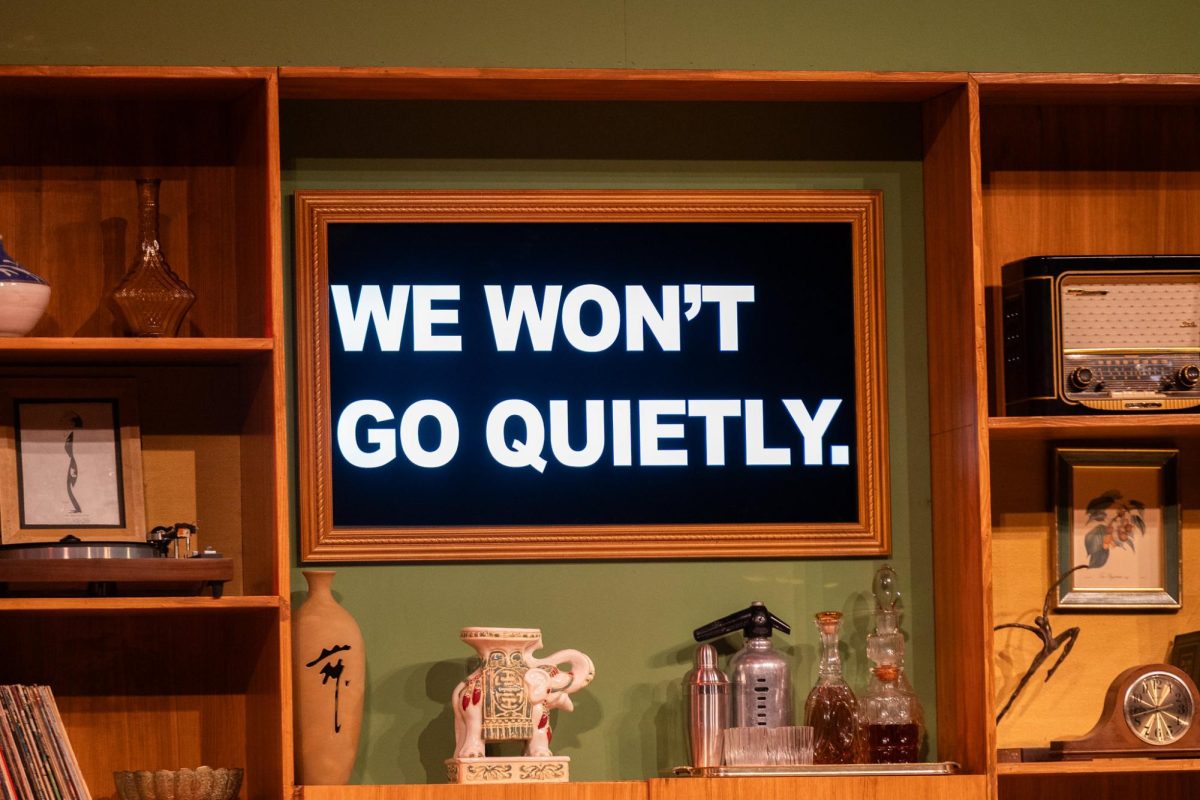While revenge is a dish best served cold, it can also be a double edged sword that destroys all parties involved.
The graphic novel “47 Ronin” by Mike Richardson and Stan Sakai focuses on the true story of a band of ronin, or wandering samurai with no masters, as they seek vengeance for their fallen lord during the early 1700s in feudal Japan.
The legend of the 47 ronin is relatively well-known throughout Japan, but not so much for Western audiences. The only recent exposure was the movie “47 Ronin” starring Keanu Reeves, but like typical Hollywood blockbusters based on “true events,” it doesn’t do the original story justice, being packed full of CGI and mindless action scenes.
Enter the beautiful graphic novel adaptation from Dark Horse Comics, written by president and founder Mike Richardson and longtime storyteller and artist Stan Sakai.
When Richardson first founded Dark Horse back in 1986, he was a big fan of Japanese films, animation and comics. He first learned of the 47 ronin soon after and made it a goal to one day tell the tale to Western audiences.
It took more than 20 years to develop the script and find the right artist for the project, but now it’s finally available to the public in a hardcover collection.
The young Lord Asano is called away to meet with the shogun in Edo, as is periodically required by lords who hold large estates. Before meeting with the shogun however, a lord must take proper court etiquette classes in Edo so they do not bring shame to their clan.
Asano’s chief retainer—one who looks after the castle and armies when the lord is away—Oishi warns Asano of all the bribery and corruption that has become commonplace in the shogun’s palace, explaining that he too will probably be expected to pay a large sum for etiquette classes.
Asano refuses to bring dishonor to his name by bribing anyone while he’s there, but sure enough the court official and teacher Kira Yoshinaka becomes enraged when Asano doesn’t follow suit.
In retaliation, Kira provokes Asano to his breaking point, causing Asano to draw his sword and strike Kira in his face. Drawing one’s sword in the shogun’s palace is against the law, one punishable by death.
Since Asano admits that he would gladly break the law again if it meant killing Kira, the shogun sentences Asano to immediately commit seppuku, or an honorable death.
When word reaches Ako, Oishi calls forth all retainers (samurai) who have sworn service to Asano and hatches a plan: they will honor the shogun’s wishes to disband and become ronin, but they will secretly lie in wait to seek revenge against Kira.
Only 47 remain loyal to Oishi’s cause, for to kill a court official such as Kira means death for all involved.
A year is a long time to pretend to be either a farmer, a worker, or a drunk, but each samurai plays their part without breaking character. Kira has since been in hiding, protected by armed guards, but he still has spies following each ronin, making sure they aren’t plotting his demise.
When the night finally comes to storm Kira’s house and once again bring honor to Asano’s family name, the 47 ronin are nothing but precise in their planning and execution.
While Richardson slaved away reading various books on Chūshingura—the fictionalized accounts of the 47 ronin—he also had editorial guidance from Kazuo Koike, famed author of the “Lone Wolf and Cub” manga. Richardson wanted to tell the most accurate and loyal version of the story in the span of five issues. While it may not be exactly accurate historically, it definitely entertains better than any movie could.
Stan Sakai is a comic book creator who is best known for his ongoing “Usagi Yojimbo” comic series from Dark Horse, which follows a samurai rabbit living in feudal Japan. His art style was the perfect choice for this comic, for all his depictions of ancient giant castles and samurais in battle armor were intricate as they were amazing. Feudal Japan comes alive in every illustration on the page.
The bonus features include a gallery of the original covers to the individual issues, as well as a history of how the story and collaborations came to be. With 152 pages of content, one definitely gets their monies worth.
Revenge is often seen as despicable, but over 300 years ago a group of 47 samurai warriors made it look good.



































